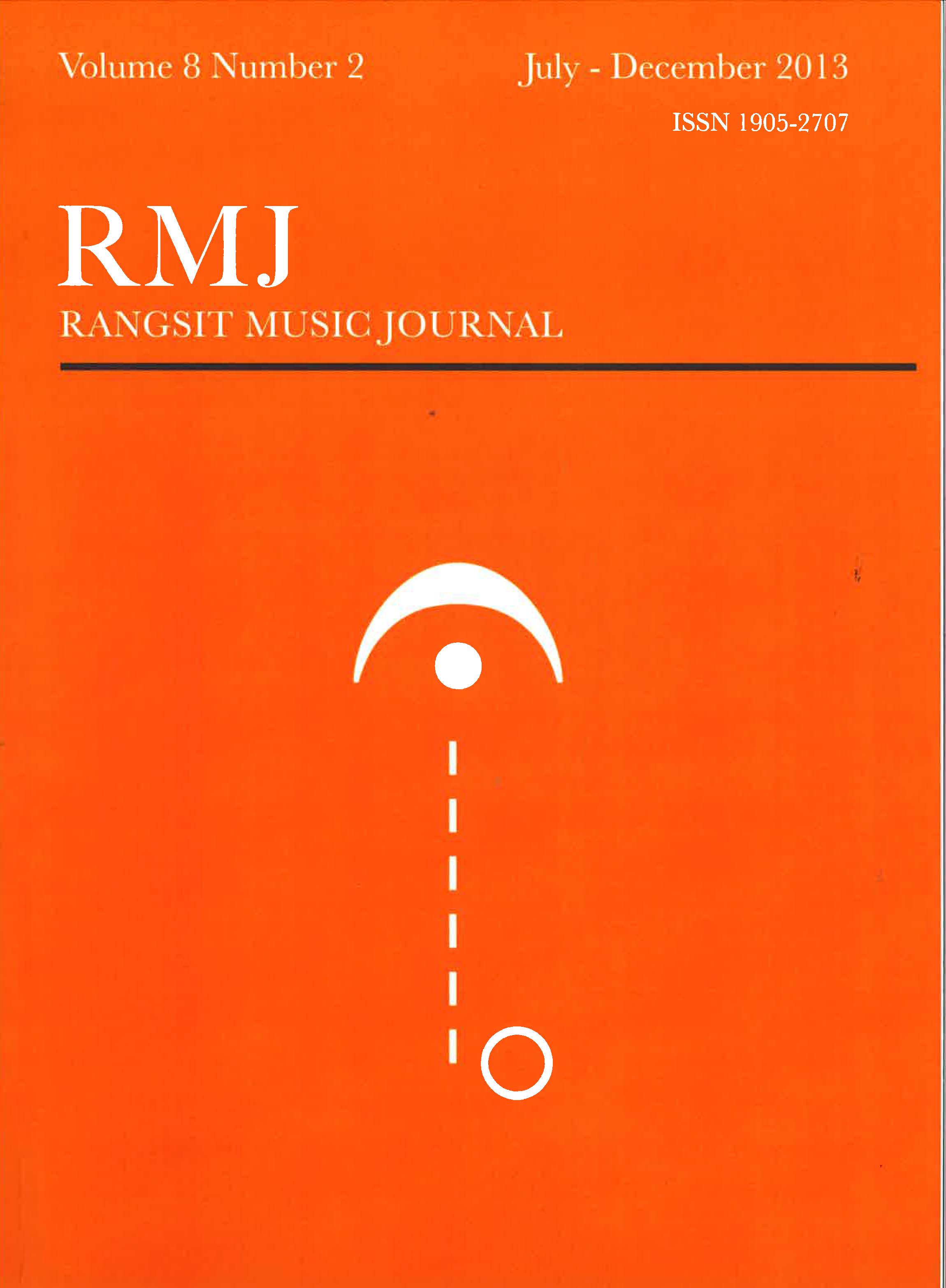Learning Styles
Abstract
The author presents an overview of learning styles most pertinent to music education with the intent of heightening and facilitating educators’ awareness of various learning preferences and human intelligence theories. By highlighting and contrasting key models—Modality learning theory, Gardner’s multiple intelligences, Myers and Briggs type indicator theory, Keirseian temperament theory, and Golay’s animal personality temperaments—the author presents information educators may reflect upon and utilize while broadening their approach to providing students with optimal learning experiences through targeted, efficient, and effective lessons.
References
2. Bell, Debra. The Ultimate Guide to Homeschooling. 3rd ed. Nashville: Thomas Nelson Inc., 2005.
5. Felder, Richard M., and Joni Spurlin. “Applications, reliability, and validity of the index of learning styles.” International Journal Engineering Education 21, no.1 (March 2005): 103. Accessed July 12, 2012. http://www4.ncsu.edu/unity/lockers/users/f/felder/public/Papers/FLAnnals.pdf.
6. Gardner, Howard. Frames of Mind: Theory of Multiple Intelligences. New York: Basic Books, 1993.
7. Gardner, Howard. The Unschooled Mind. New York: Basic Books, 1991.
8. Golay, Keith. Learning Patterns and Temperament Styles. Fullerton: MANAS-Systems, 1982.
9. Golay, Keith, Andrew Hisey, and Ruth Burrow. “Introducing the Animal Kingdom—It’s a Jungle Out There!” American Music Teacher 52, issue 2 (Oct / Nov 2002): 40-52.
10. Jung, Carl Gustav. Collective Works of C. G. Jung: The Development of Personality. 3rd ed. Translated by Richard F. C. Hull. New York: Princeton University Press, 1970.
11. ________. Psychological Types. Translated by Helton G. Baynes. New York: Harcourt Brace, 1923.
12. ________. Psychological Types. 3rd ed. Translated by Richard F. C. Hull. New York: Princeton University Press, 1990.
13. Keirsey, David. Please Understand Me II: Temperament, Character, Intelligence. Del Mar: Prometheus Nemesis Book Company, 1998.
13. ________. Portraits of Temperament. Del Mar: Prometheus Nemesis Book Company, 1987.
14. Keirsey David and Marilyn Bates. Please Understand Me: Character & Temperament Types. Del Mar: Prometheus Nemesis Book Company, 1984.
15. Kretschmer, Ernst. Physique and character. New York: Harcourt Brace, 1925.
16. Kroeger, Otto and Janet M. Thuesen. Type Talk. New York: Delacorte Press, 1988.
17. Meyers, Isabel Briggs, Mary H. McCaulley, Naomi L. Quenk and Allen L. Hammer. MBTI Manual: A Guide to the Development and Use of the Myers-Briggs Type Indicator. 3rd ed. Palo Alto: Consulting Psychologists Press, Inc., 1998.
18. Nietzsche, Friedrich. The Birth of Tragedy. Translated by Walter Kaufmann. New York: Modern Library, 1968.
19. Quenk, Naomi L. Essential of Myers-Briggs Type Indicators Assessment. 2nd ed. Hoboken: John Wiley & Sons, Inc., 2009.
20. Rischin, Rebecca. “Exploraing learning styles: Developing a Flexible Teaching Approach: Reflections on Pedagogy Saturday VI.” American Music Teacher (Oct / Nov 2002). Accessed July 12, 2012. http:// www.meaning.ca/archives/archive/art_learning_R_Rischin.htm.
21. Rutledge, Hile, and Otto Kroeger. MBTI: Myers-Briggs Type Indicator Introduction Workbook. Fairfax: Otto-Kroeger Associates. Sarton, George. Galen of Pergamon. Lawrence: University of Kansas Press, 1954.
22. Spitteler, Carl Friedrich Georg. Prometheus and Epimetheus. Translated by James F. Muirhead. New York: Charles Scribner’s Sons, 1931.







